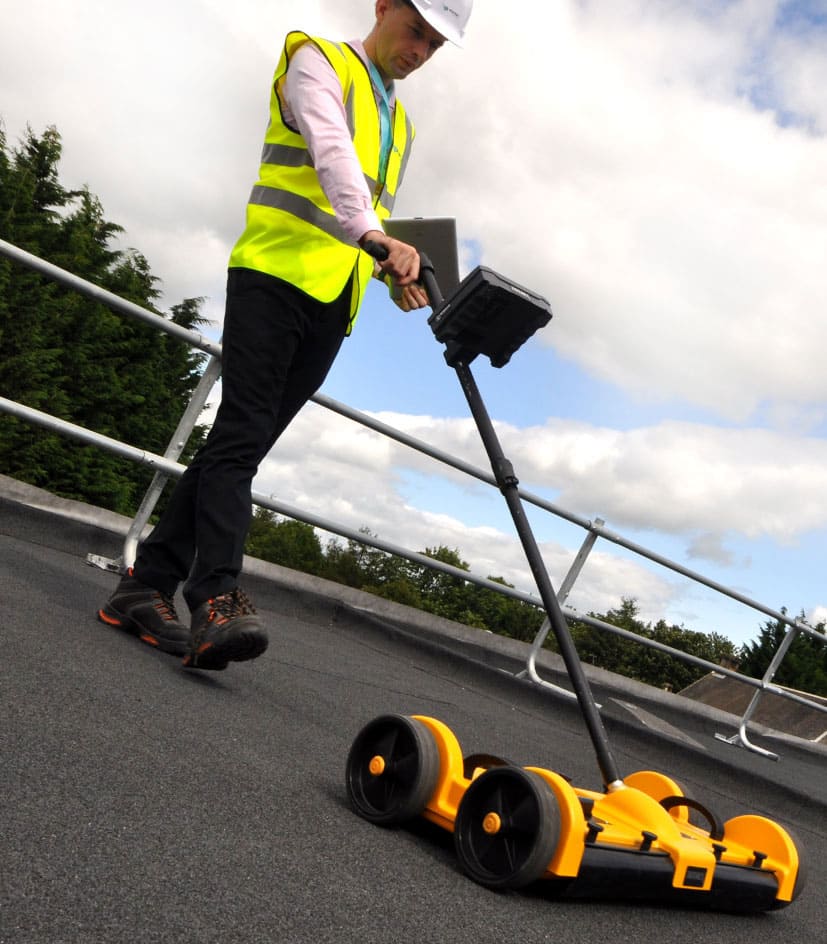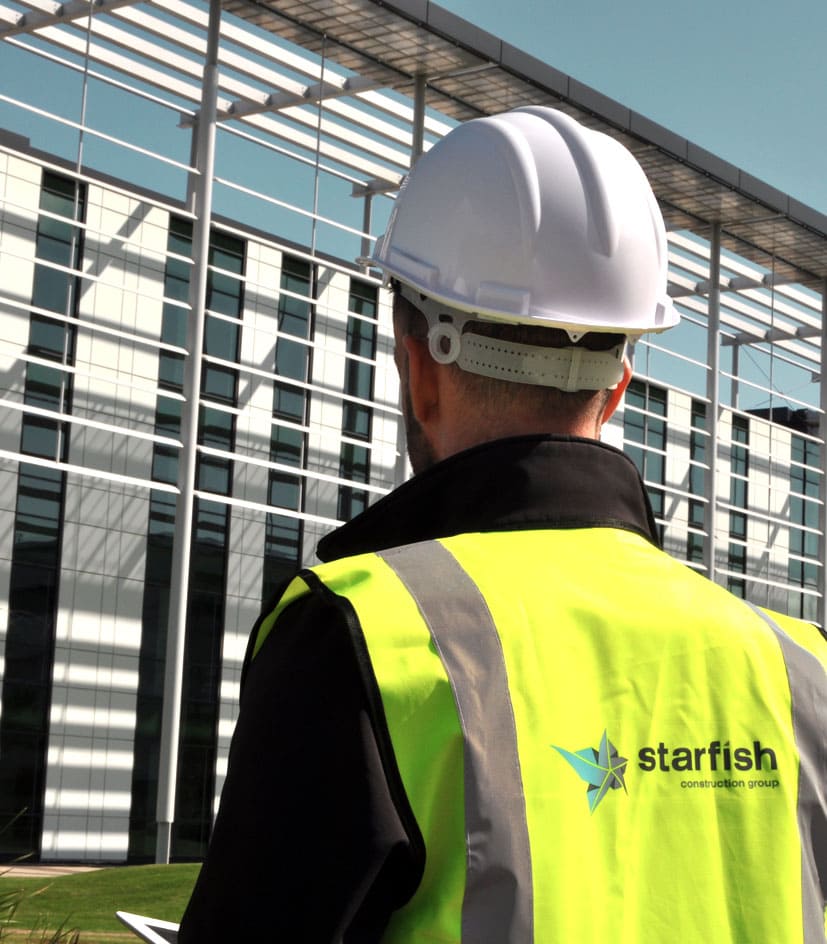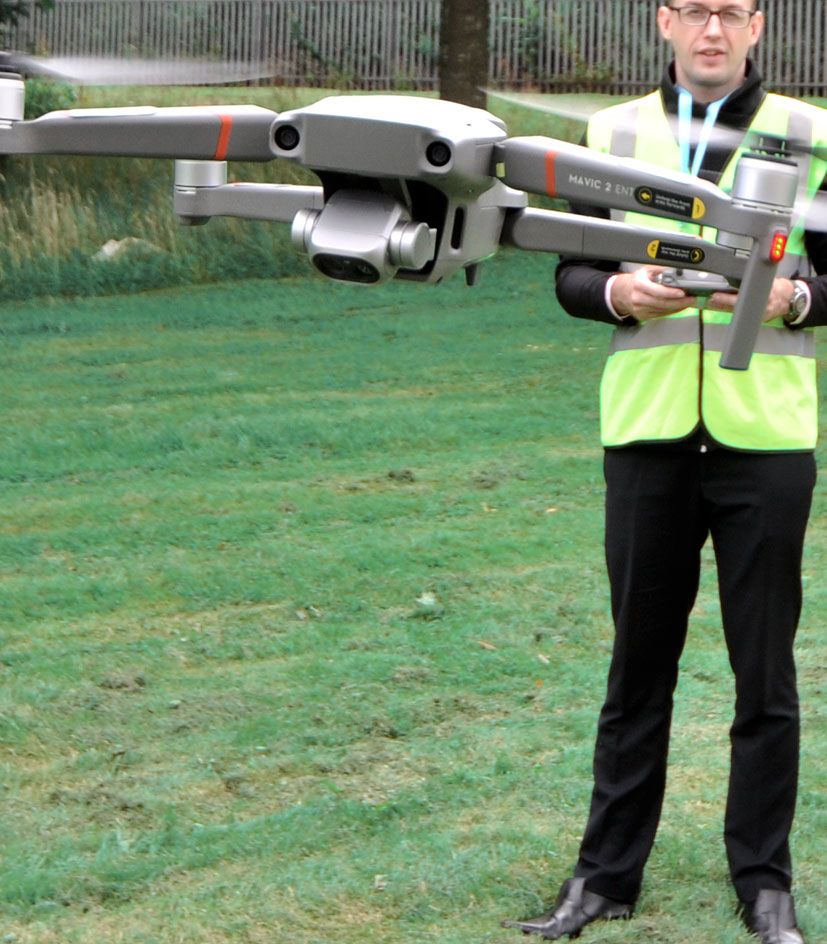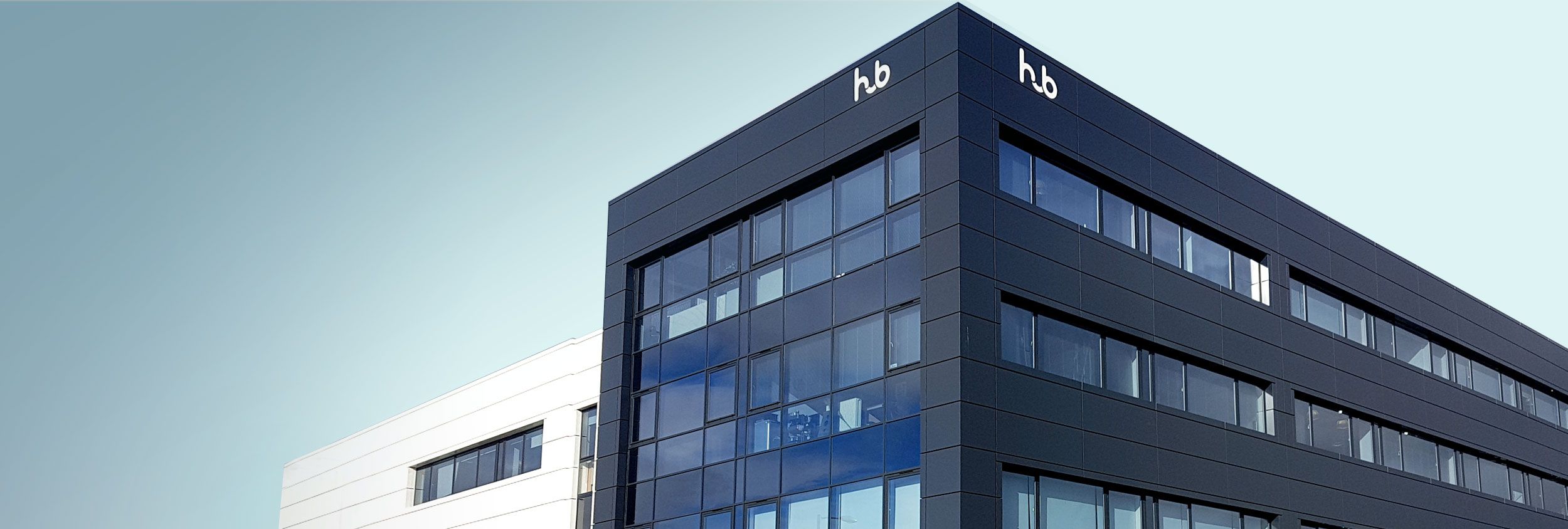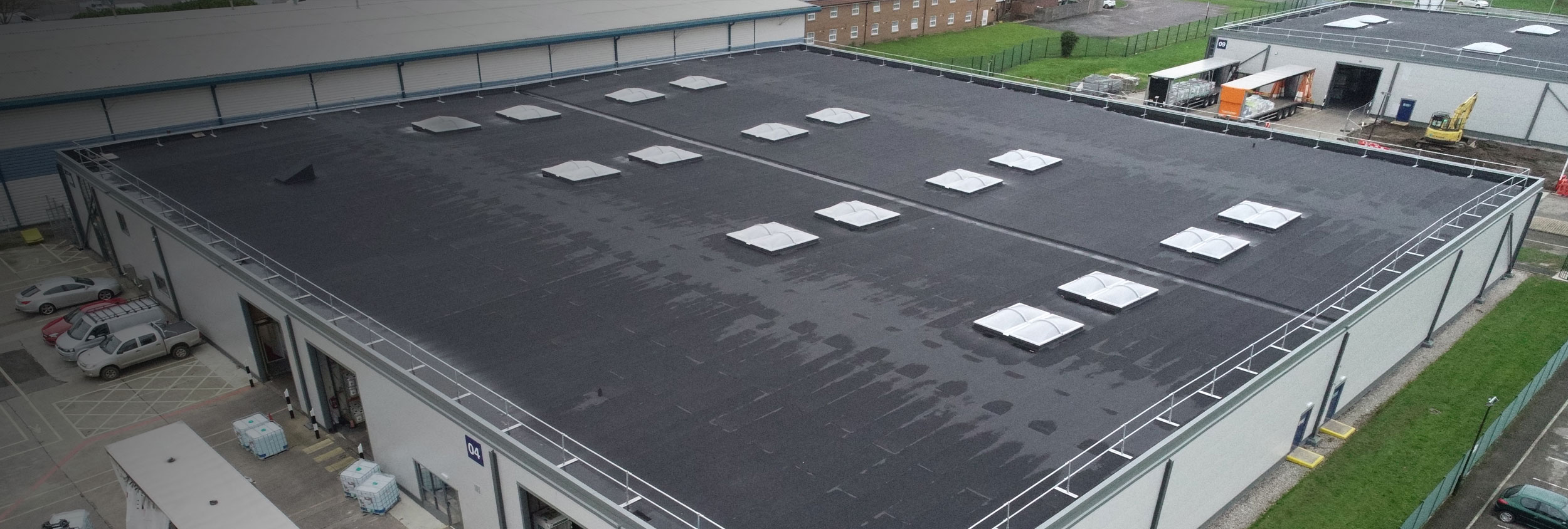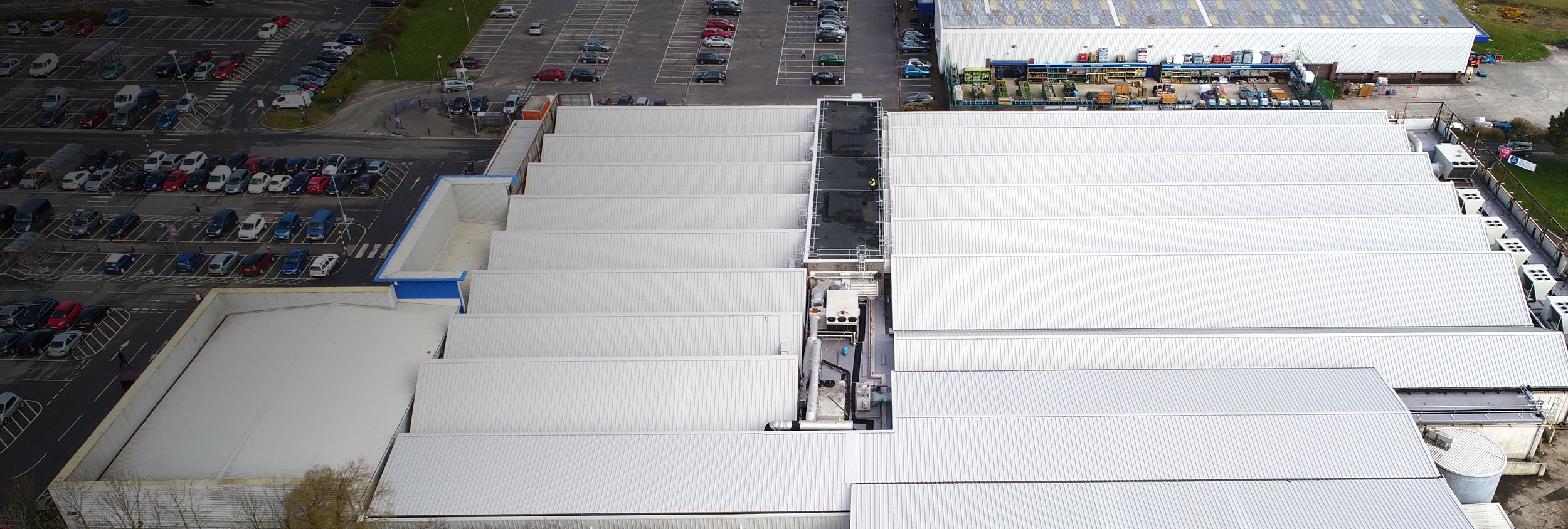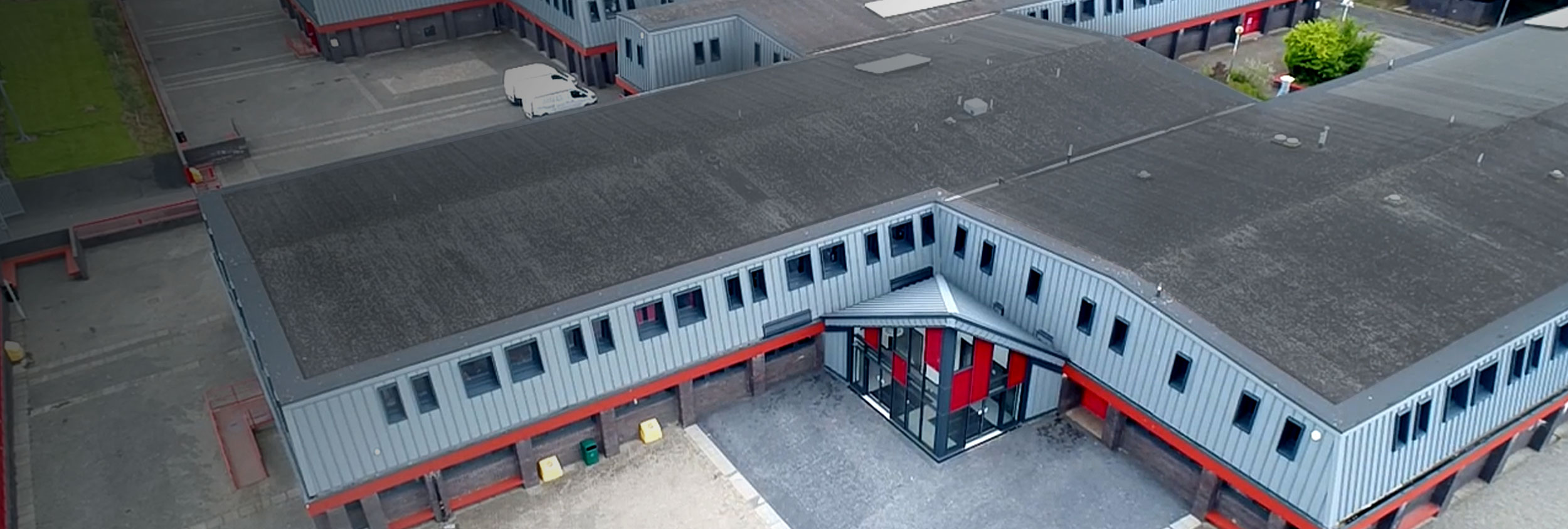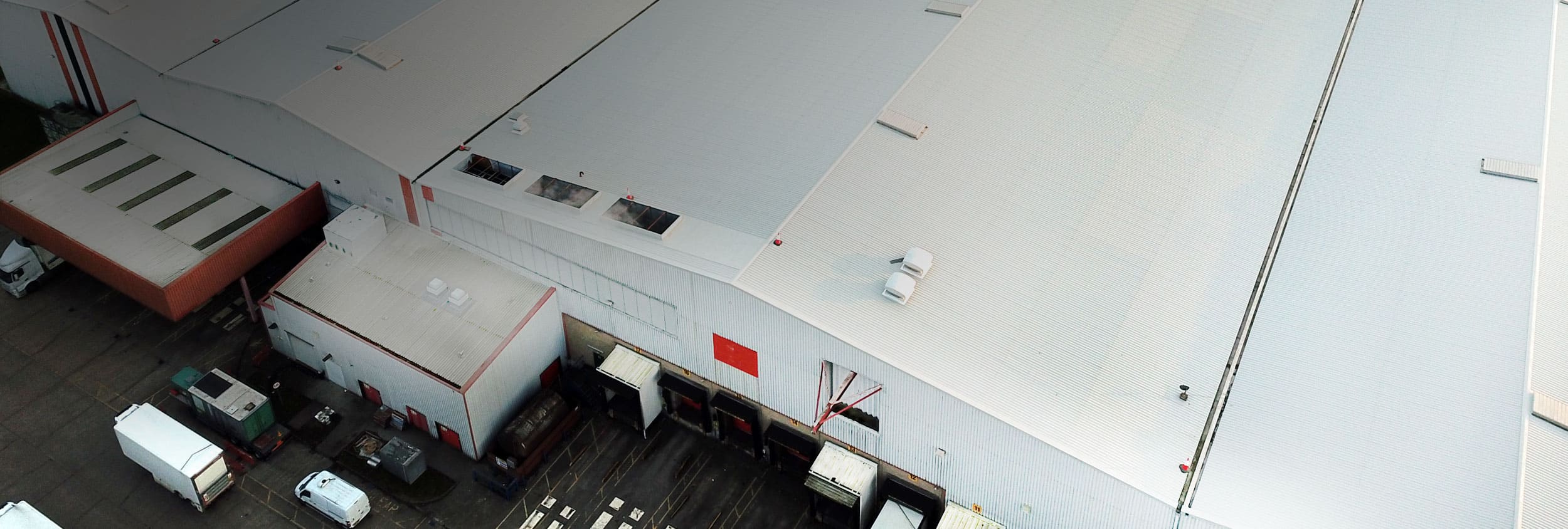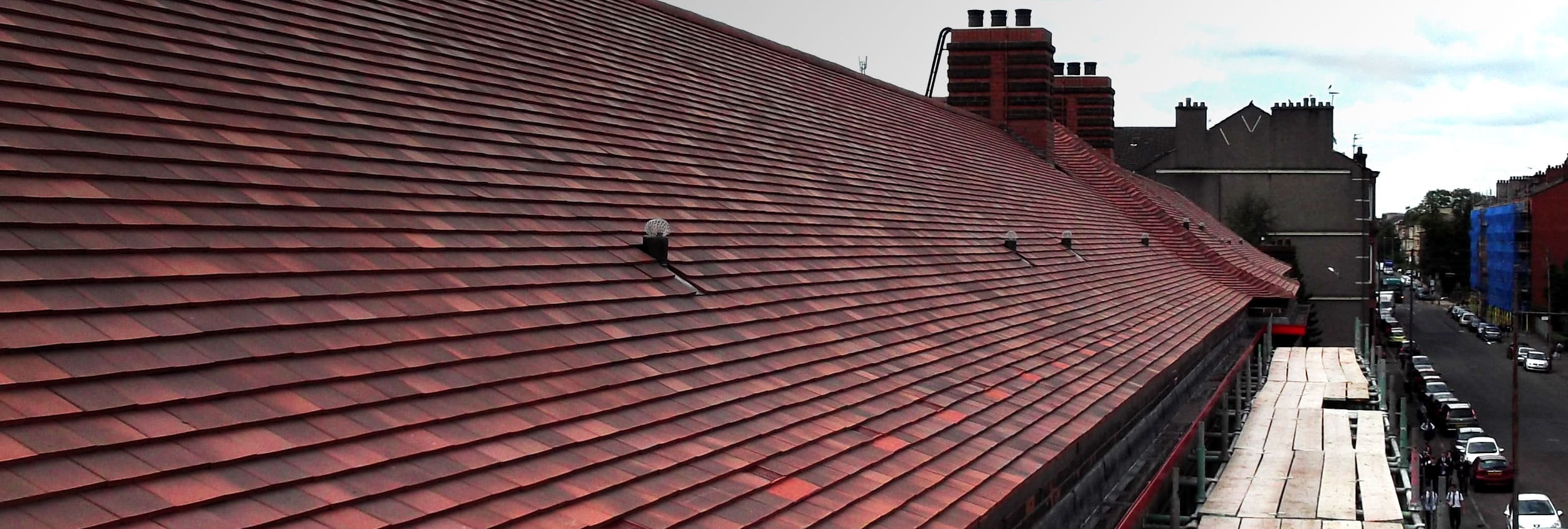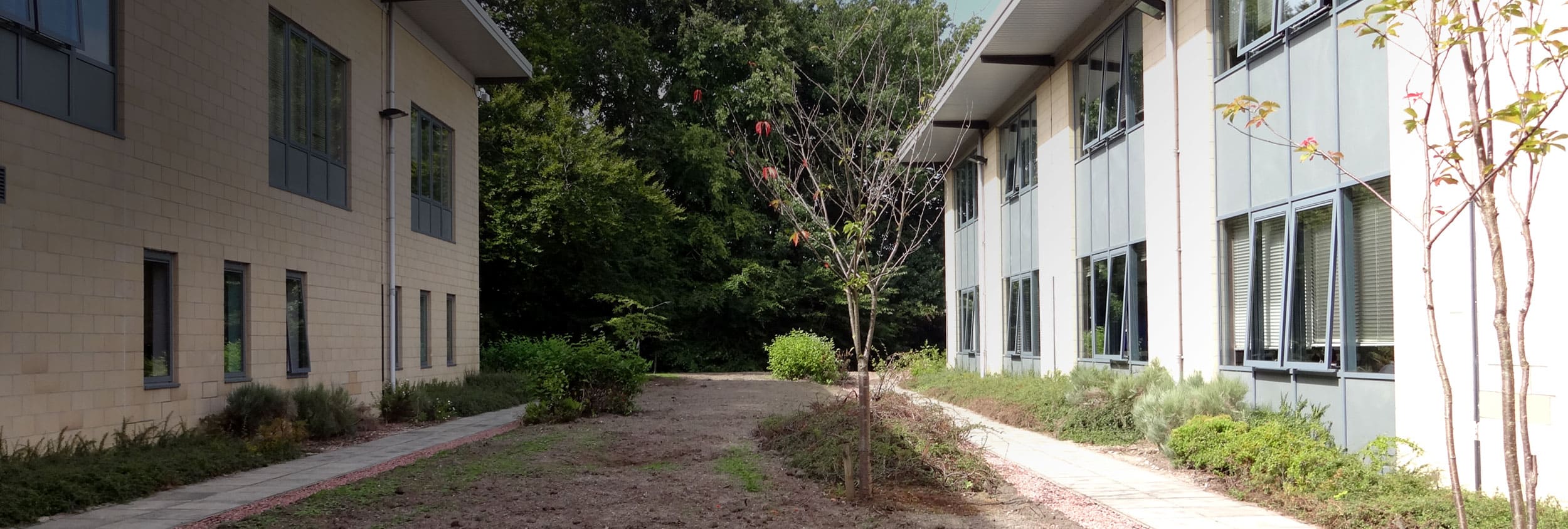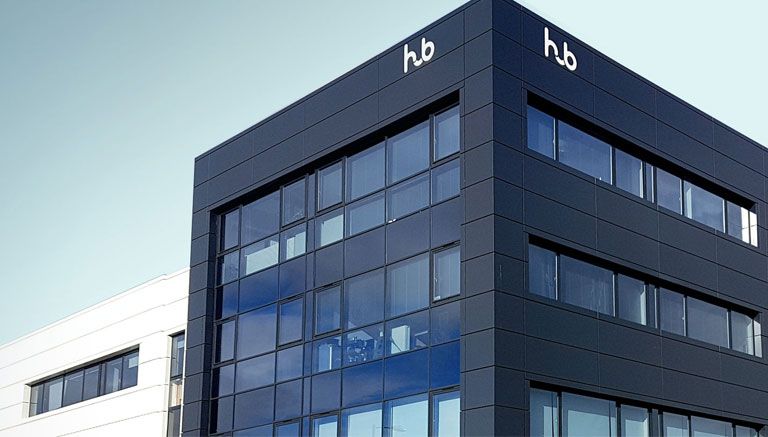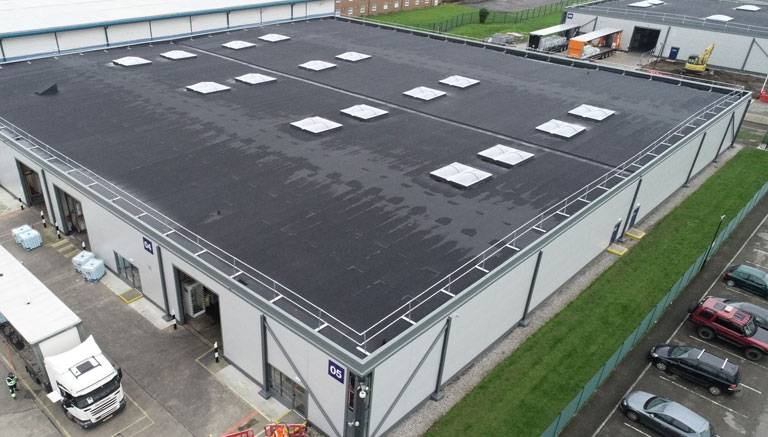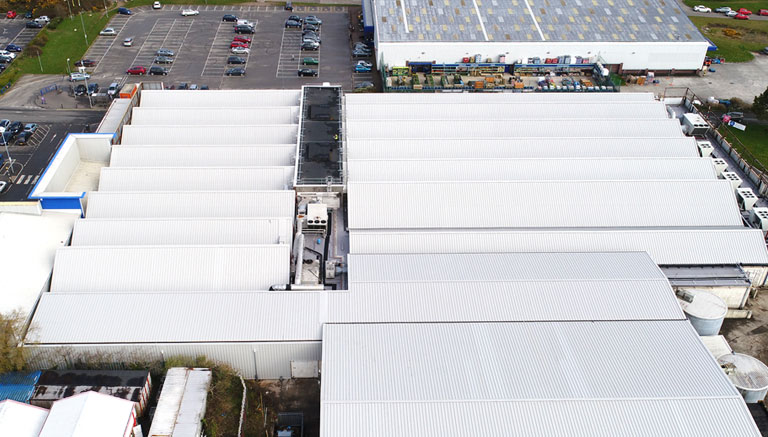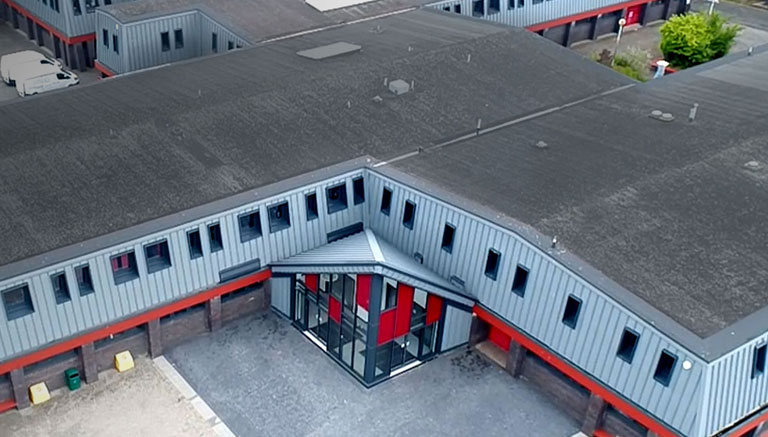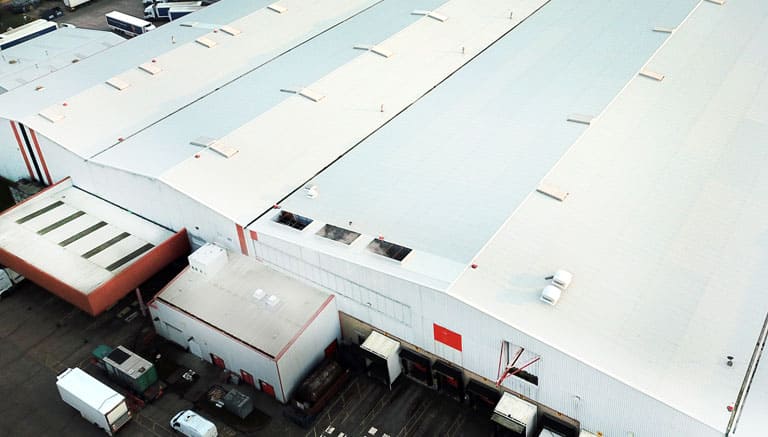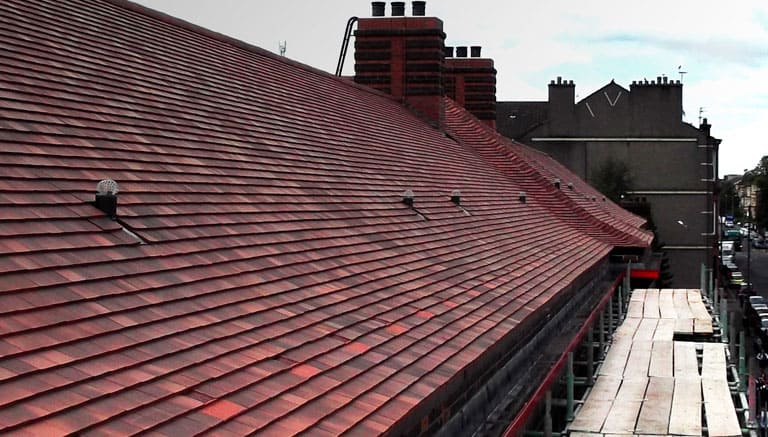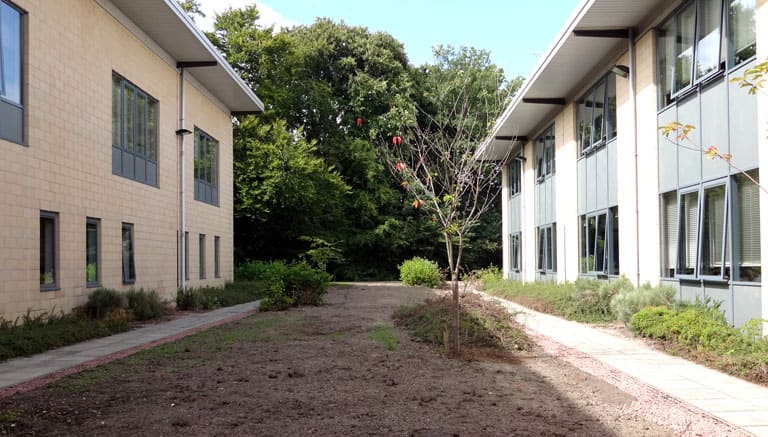Advanced Technical Services
Our technical survey team offer a wide range of services which complement our divisions. From qualified drone survey pilots, moisture mapping, core sampling to fire performance reviews, we provide highly competitive and professional services. This offering is why our clients place their trust in us to deliver customised solutions, safely, on-time, within budget and to their exacting standards.
- Drone Surveys
- Electronic Leak Detection
- Moisture Mapping - See below for more details
- Thermographic Drone Analysis
- Core Sampling
- Diagnostic Reports
- Technical Drawings
- Fire Performance Reviews
- Structural and Loading
- Acoustic Design
- U-value Calculations
- Condensation Risk Analysis.
Why Moisture Mapping?
Moisture mapping will help identify where the roof is failing which will allow for an informed decision on the best course of action. Not only will it highlight the areas with zero or minimal issues, but it will also show where there is a complete system failure. In the long term, this can still be a cost-saving and help avoid further damage to the fabric of the building.
When a roofing product manufacturer undertakes a survey and inspection of a flat roof area, they will often recommend a complete strip and replace. These recommendations are usually based on a visual walk around and minimal core sampling, if any. Although this is the most common method to survey a roof, without employing the correct moisture mapping equipment or core sampling, a true picture of the roof condition cannot be ascertained. Starfish Construction would not recommend this as an efficient or cost-effective way to ensure value for money.
Starfish Construction has invested in technical products and training for our surveyors to provide our clients with as much information as possible. We have an in-house capability to undertake Thermography, Drone Thermography, Moisture Mapping and Core Sampling incorporating moisture readings.
Moisture and its implications
We talk about flat roofs, but they should never be completely level. A slight incline and the correct size guttering is always the best option to avoid water ponding which can lead to silt deposits on the roof and cause stress in the membrane, especially when the water freezes and then thaws. Our in-house design team can develop a structure which will maximise the performance of the new roof system.
For a more in-depth guide to Moisture Mapping, download our comprehensive guide here.
